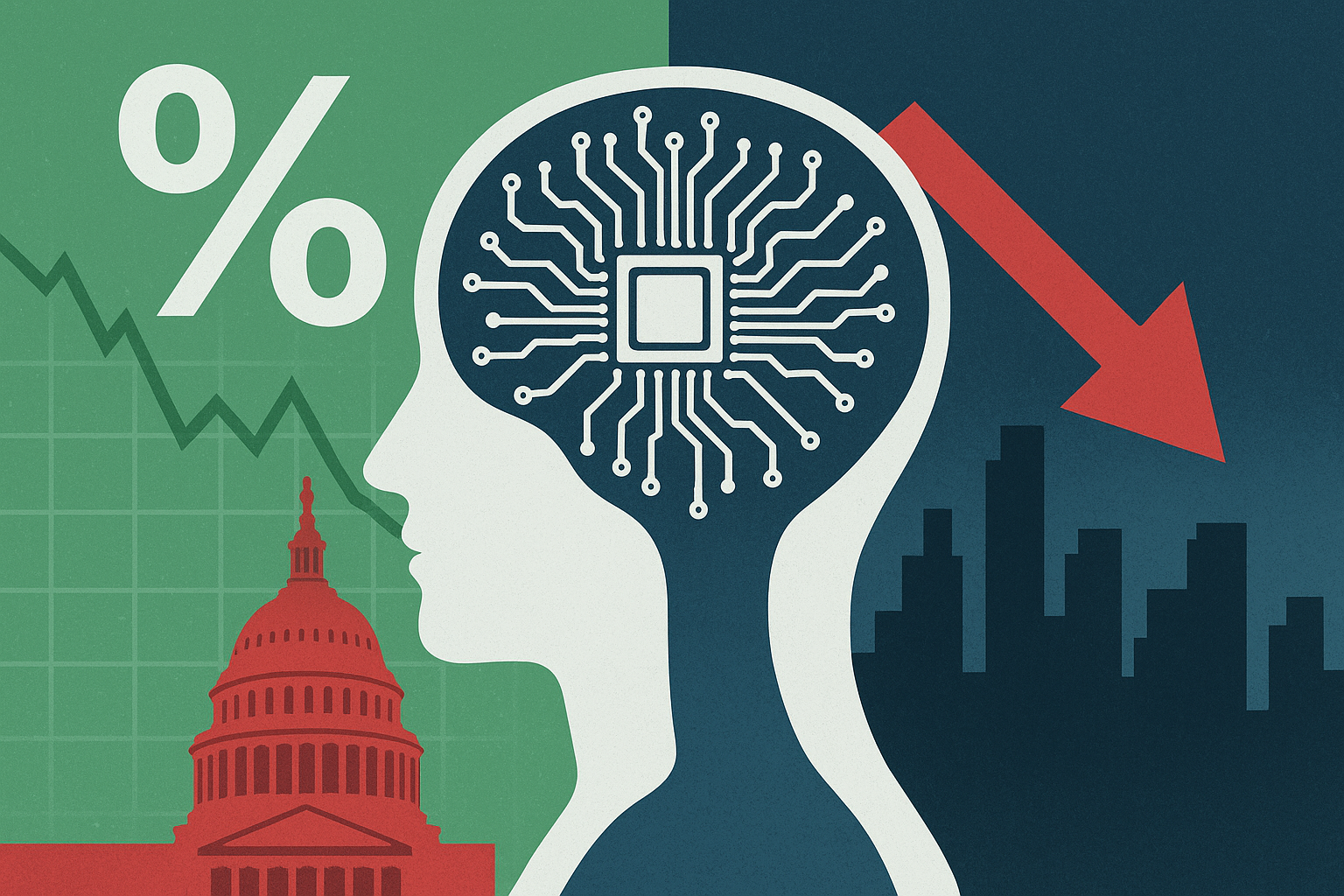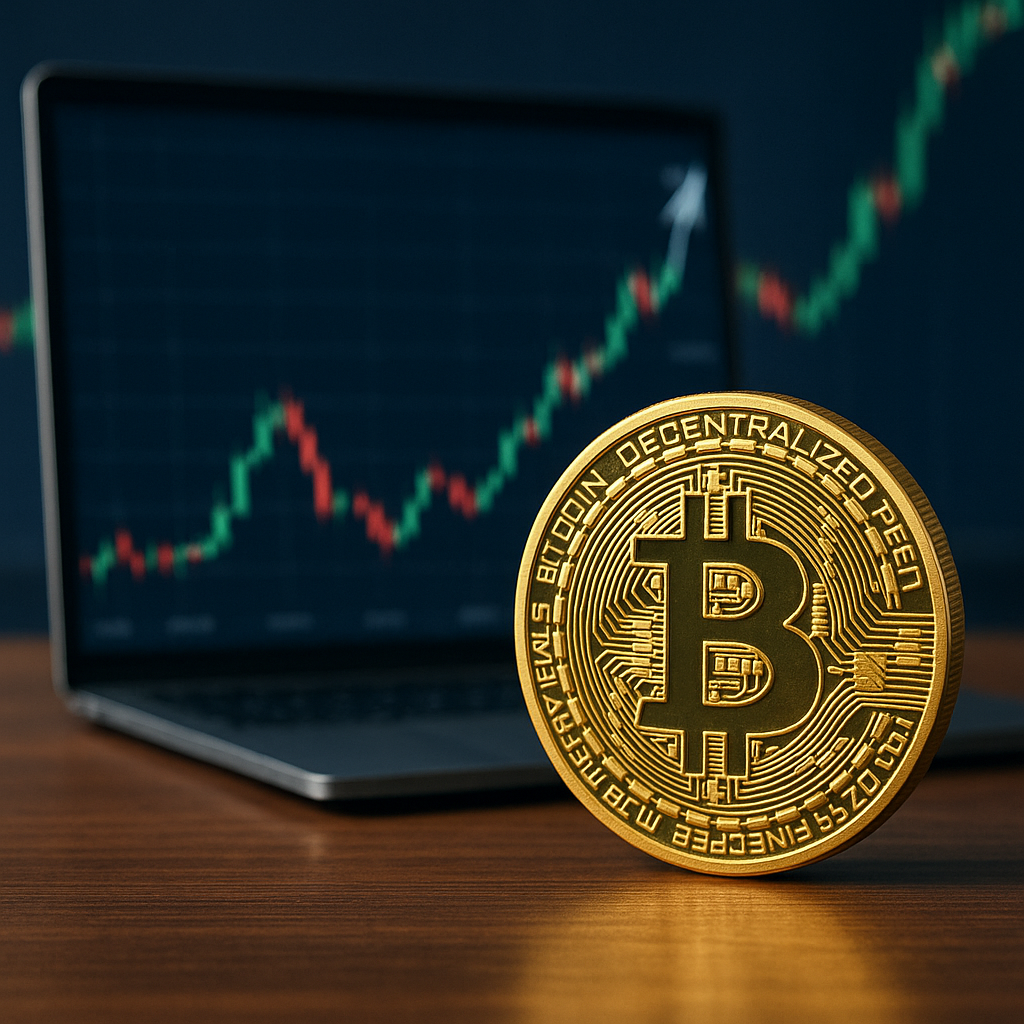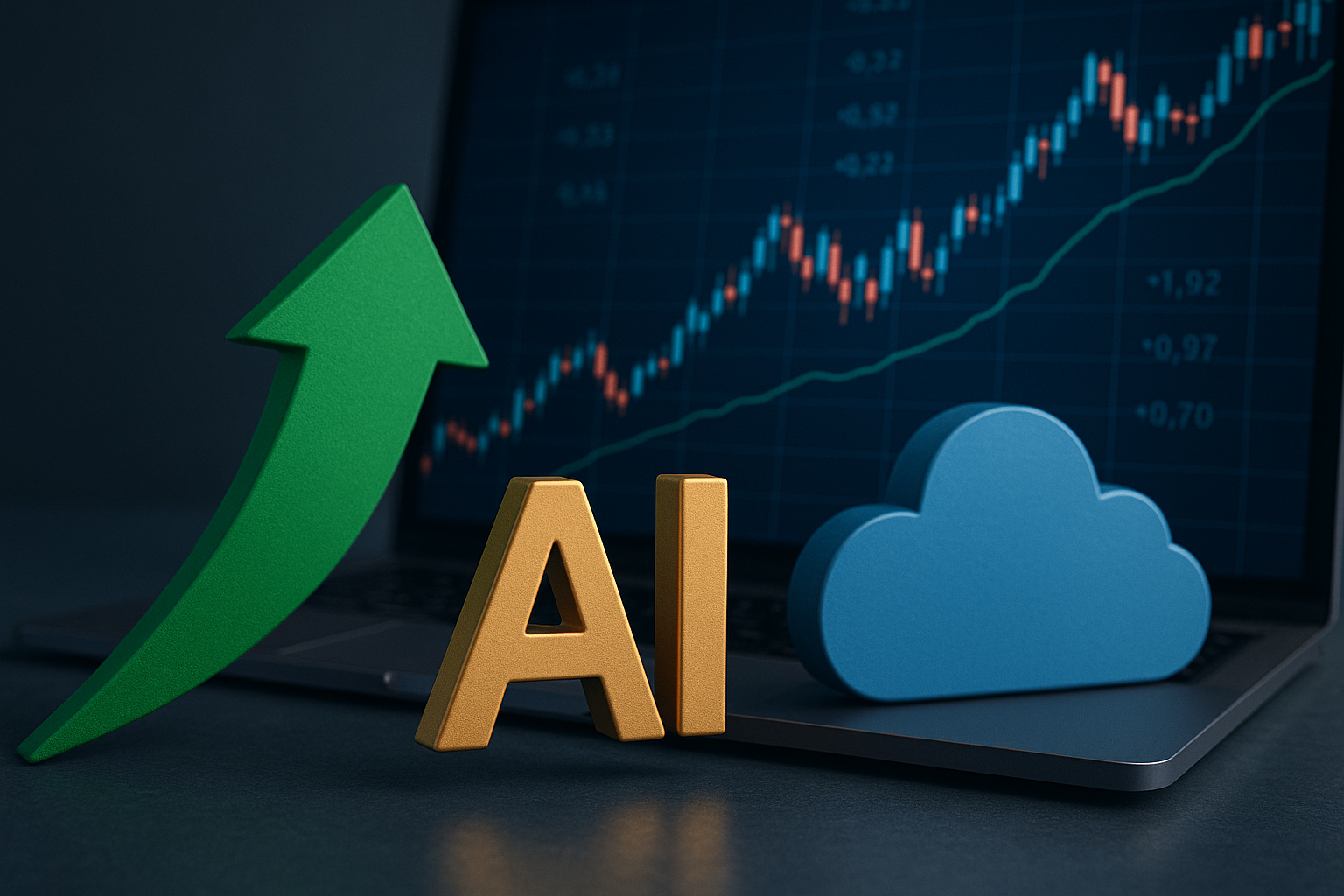Markets are once again caught between the dual forces of monetary policy and politics. With Federal Reserve officials sending mixed signals over the pace and depth of interest-rate cuts—and lawmakers in Washington facing a looming September 30 budget deadline—the macroeconomic landscape is clouded with uncertainty. For investors, the interplay between central bank policy and fiscal gridlock has rarely felt more consequential.
Fed’s Diverging Voices on Policy
According to Reuters and Investors.com, recent speeches from Fed policymakers reveal stark differences. Doves argue that more aggressive rate cuts are needed to sustain employment and buffer against slowing growth. Hawks, however, caution that inflation remains persistent—particularly in services and housing—and warn that loosening too quickly risks undoing hard-won progress.
Markets have already priced in expectations for at least one more rate cut before year-end, but CME FedWatch data shows probabilities swinging with every new inflation print. Core PCE, the Fed’s preferred gauge, due later this week, will likely play a pivotal role in shaping both sentiment and policy direction.
Government Shutdown Adds Political Risk
Overlaying the monetary debate is the rising threat of a U.S. government shutdown. Unless lawmakers pass a budget or continuing resolution by September 30, federal agencies could face funding gaps, disrupting services and potentially weighing on Q4 economic growth. While past shutdowns have had mixed market impacts, prolonged episodes can erode consumer confidence, stall government spending, and increase volatility in equities and Treasuries.
The Wall Street Journal notes that investors are particularly wary this time, as markets are already balancing fragile optimism over rate cuts against fears of stubborn inflation. A shutdown could muddy the outlook further, complicating the Fed’s policy path.
Why This Matters for Investors
- Policy Uncertainty = Market Volatility
The Fed’s lack of consensus injects unpredictability into rate-sensitive sectors, from housing to tech. If inflation data comes in hot, hawkish voices may gain traction, triggering a market pullback. - Fiscal Disruption Risks
A shutdown might not immediately derail the economy, but it could dent Q4 GDP, delay government contracts, and undermine confidence in U.S. political stability—a key factor in Treasury markets. - Positioning Ahead of Data
With key inflation and labor market reports due, investors should expect short-term volatility in equities, bonds, and currencies. Defensive positioning, diversification, and tactical hedges may prove valuable.
Future Trends to Watch
- Fed’s Messaging: Every speech and dot-plot update will be scrutinized as investors try to gauge the depth of cuts into 2026.
- Budget Negotiations: Any compromise—or stalemate—in Congress could swing market sentiment, especially in risk assets.
- Global Spillovers: With U.S. yields still a global anchor, uncertainty in Washington and at the Fed could ripple across emerging markets, commodities, and currencies.
Key Investment Insight
Monetary policy divergence and fiscal gridlock represent a “double uncertainty” for markets. While rate cut hopes are supporting equities, the absence of consensus at the Fed and the risk of a government shutdown argue for caution. Investors should monitor inflation data and legislative developments closely while maintaining diversified portfolios and considering downside hedges in the weeks ahead.
Stay connected with MoneyNews.Today for daily analysis on how political and monetary shifts shape your investment decisions.





